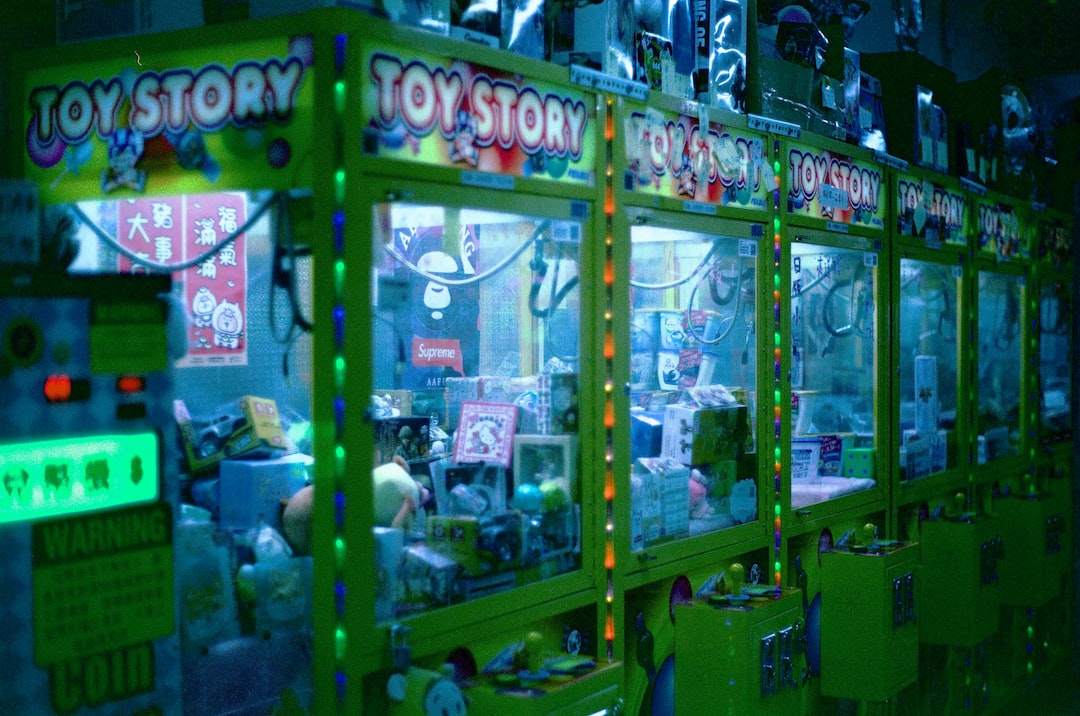The Art of Storytelling: Exploring how visual art can captivate and convey narratives through imagery.
Humans have been telling stories since the dawn of time. From ancient cave drawings to modern digital animations, storytelling has evolved alongside human civilization. One form of storytelling that has always held a special place in our hearts is visual art. Through the ingenious use of imagery, visual art has the power to captivate and convey narratives in a way that transcends words and language.
Visual storytelling has its roots in the earliest expressions of human creativity. Cave paintings discovered in places like Lascaux, France, dating back thousands of years, reveal the primitive beginnings of this art form. These paintings served as a means to communicate and share stories of daily life, hunting scenes, and mythological creatures. Even without a written language, these early artists were able to convey their narratives through vivid and emotive imagery.
As civilizations developed and literacy spread, visual art became intricately linked with religious narratives. Paintings and sculptures adorned places of worship, illustrating stories from religious texts such as the Bible or the Quran. The artists of the Renaissance period, like Michelangelo and Leonardo da Vinci, mastered the art of storytelling through their masterpieces. These artists used their exceptional skills to depict moments from biblical tales or historical events, creating powerful narratives that continue to resonate with audiences today.
In the modern world, visual storytelling has found new ways to captivate and communicate narratives. Digital art and photography have expanded the possibilities of visual storytelling, revolutionizing our understanding of what art can be. Artists like Yayoi Kusama and Banksy have used their work to challenge societal norms and convey powerful messages. Their art speaks volumes about our society’s issues, frustrations, and dreams, creating a narrative that prompts viewers to think and reflect.
Furthermore, advertising and marketing industries have capitalized on the power of visual storytelling to connect with audiences on an emotional level. Companies like Apple and Coca-Cola have created memorable ad campaigns with powerful visual narratives. These campaigns not only promote their products but also tell stories that engage viewers and leave a lasting impression. The art of visual storytelling in the advertising world has become a crucial tool for brands to establish strong emotional connections with consumers.
But what makes visual art such a powerful storytelling medium? The answer lies in its ability to transcend language barriers. While literature and oral storytelling rely heavily on language, visual art speaks a universal language that can be understood by people of diverse cultural and linguistic backgrounds. A painting or a photograph can communicate emotions, experiences, and narratives in a way that words often fail to capture. The visual medium stimulates our senses and engages our imagination, allowing us to create our own personal interpretation of the story being told.
Visual storytelling is also inherently subjective, leaving room for interpretation and personal connection. Every viewer brings their own experiences and emotions to a piece of art, allowing them to create their own narratives and meaning. This subjectivity is what makes visual art such a rich and diverse form of storytelling, capable of eliciting a wide range of emotions and responses.
In conclusion, visual art has long been an integral part of our human storytelling tradition. From ancient cave paintings to modern digital art, it has captivated audiences and conveyed narratives that transcend language and culture. Visual storytelling engages our senses, stimulates our imagination, and leaves room for personal interpretation. It is a timeless art form that reminds us of the power of imagery to captivate, connect, and convey the depth of human experiences. So next time you visit an art gallery or encounter a thought-provoking photograph, take a moment to appreciate the storytelling power that lies within the visual medium.

